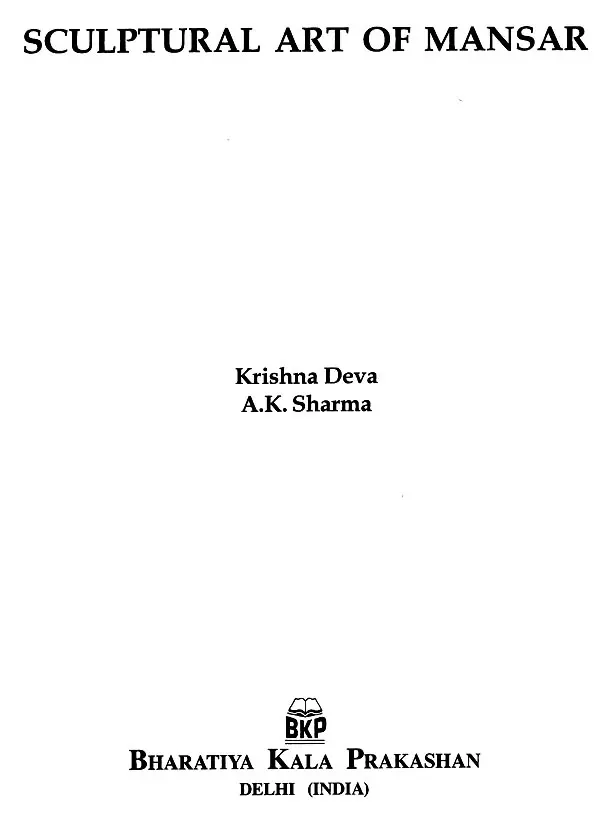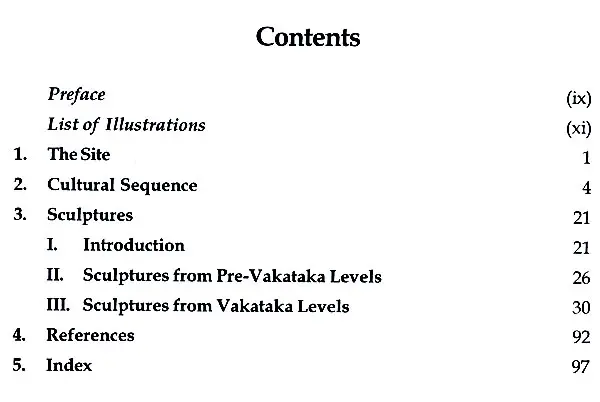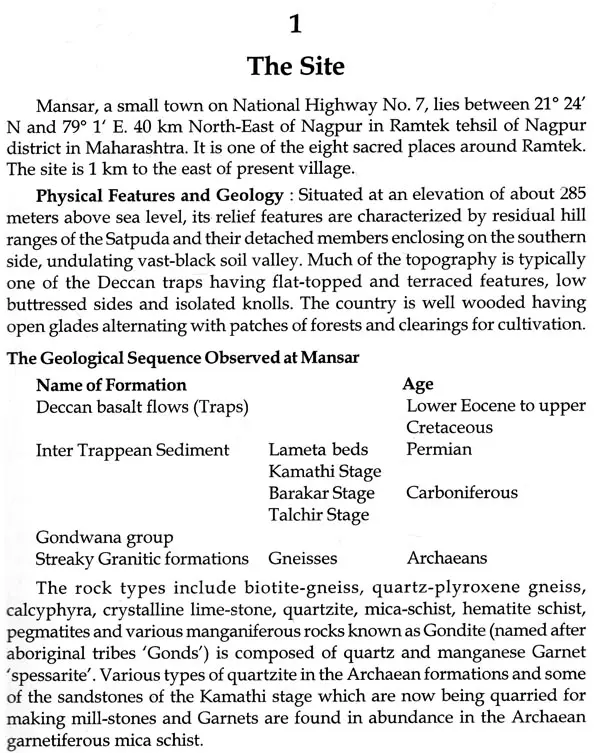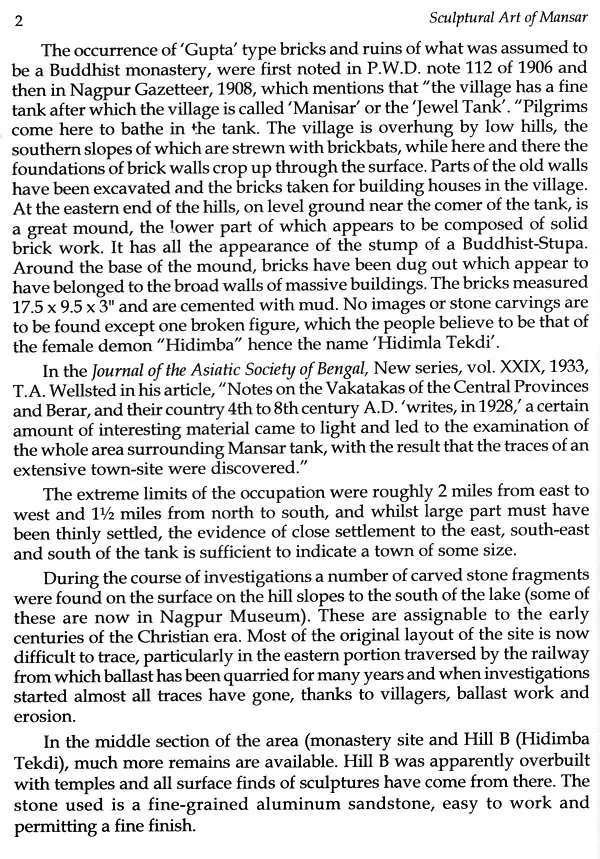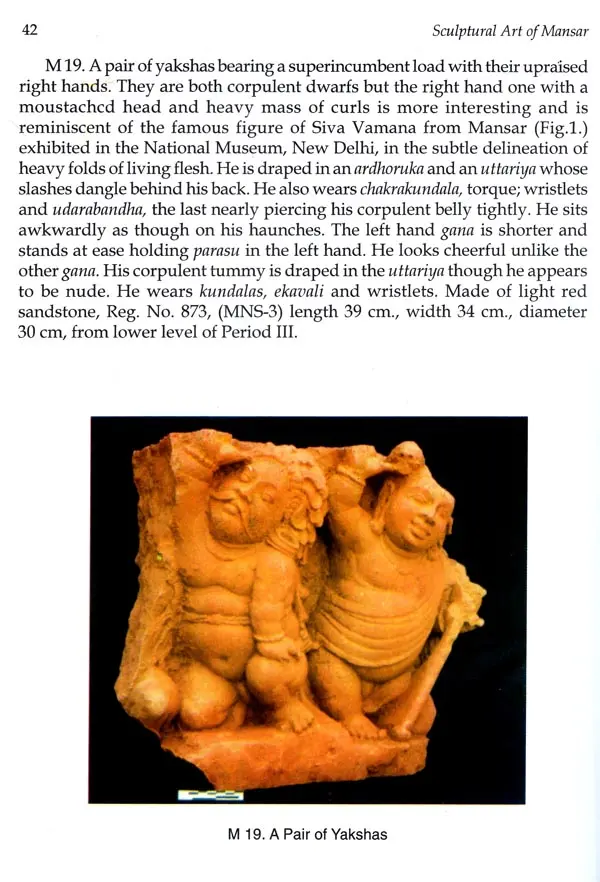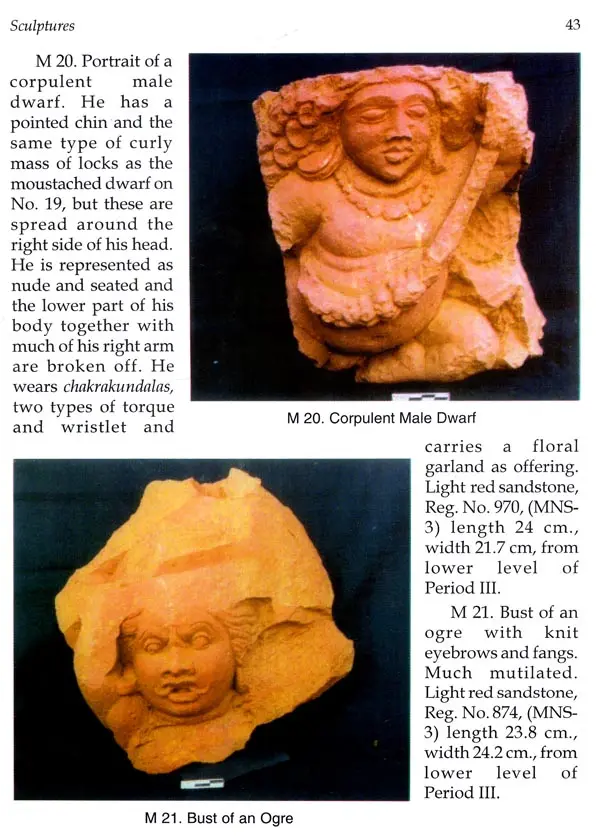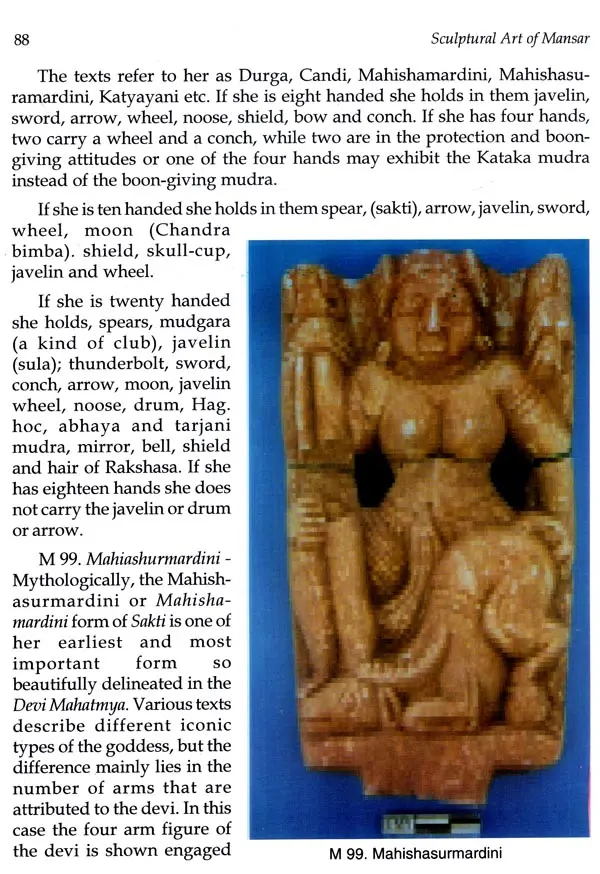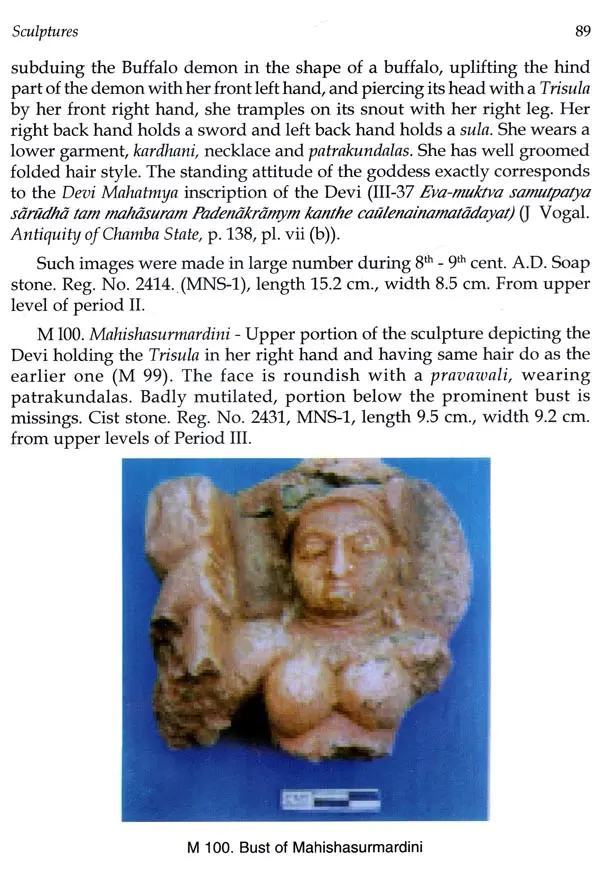
Sculptural Art of Mansar
Book Specification
| Item Code: | UAN412 |
| Author: | Krishna Deva and A.K. Sharma |
| Publisher: | Bharatiya Kala Prakashan |
| Language: | English |
| Edition: | 2009 |
| ISBN: | 97881801902109 |
| Pages: | 102 (Color Illustrations) |
| Cover: | HARDCOVER |
| Other Details | 10.00 X 7.50 inch |
| Weight | 620 gm |
Book Description
The book gives a glimpse of sculptural art flourishing in Vidarbha from 2nd century B.C. to 5th century A.D.
A.K. Sharma born in a remote village in Chhattisgarh, is internationally known for his original contributions in archaeology and anthropology. During his 33 years of active career in Archaeological Survey of India, he explored and excavated in Jammu and Kashmir, Uttaranchal, N.E. India, Lakshadweep. Chhattisgarh and other remote areas.
After retirement from Govt. service, he has so far published the following books: 1. Emergence of Early Culture in N.E. India, 2. Manipur, the glorious past, 3. Early Man in Eastern Himalayas, 4.Prehistoric Delhi and its neighbourhood, 5. Early man in Jammu, Kashmir and Laddakh, 6. Pre historic burials of Kashmir, 7. The depated Harappans of Kalibangan, 8. Archaeo anthropology of Chhattisgarh, 9. Indian Megaliths, 10. Heritage of Tansa Valley. His latest book. 11. Excavating Painted Rock Shelters. He has edited, Puraratna-Shri Jagat Pati Joshi felicitation volume, and Purapra kasa Dr. Z.A. Desai commemoration volume. He has started a new research magazine, Puramanthan. Presently he is directing excavations and Mansar (Maharashtra), and Sirpur (Chhatisgarh). He has established an archaeological museum at Mansar and Maa Anandmayee Smriti Museum at Kankhal (Haridwar). He has been appointed Archaeological Advisor, Govt. of Chhattisgarh.
The excavation has yielded not only a well planned urban centre which survived for nearly one thousand years from 2nd cent. B.C. to 8th cent. A.D. but has also given a treasure of beautifully executed sculptures particularly of Vakataka period which constitute a distinctive school of art almost at part with the contemporary Classical Gupta Art.
Book's Contents and Sample Pages
